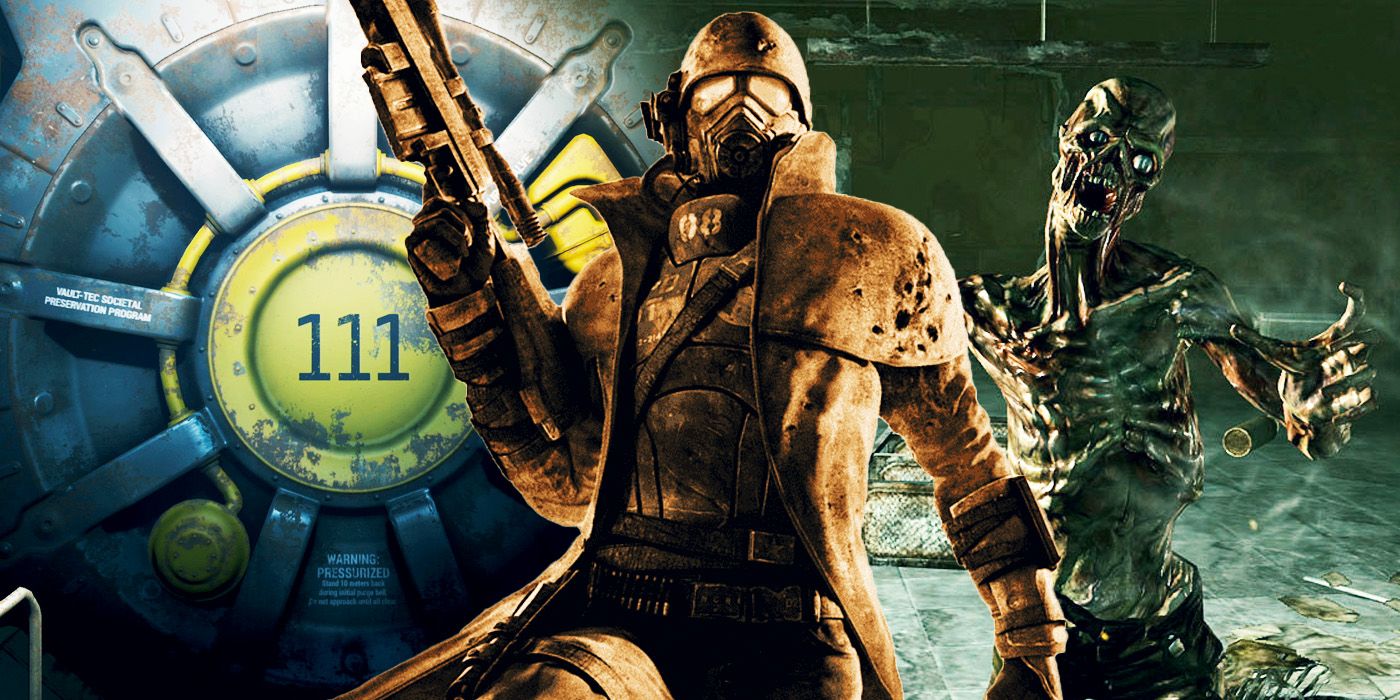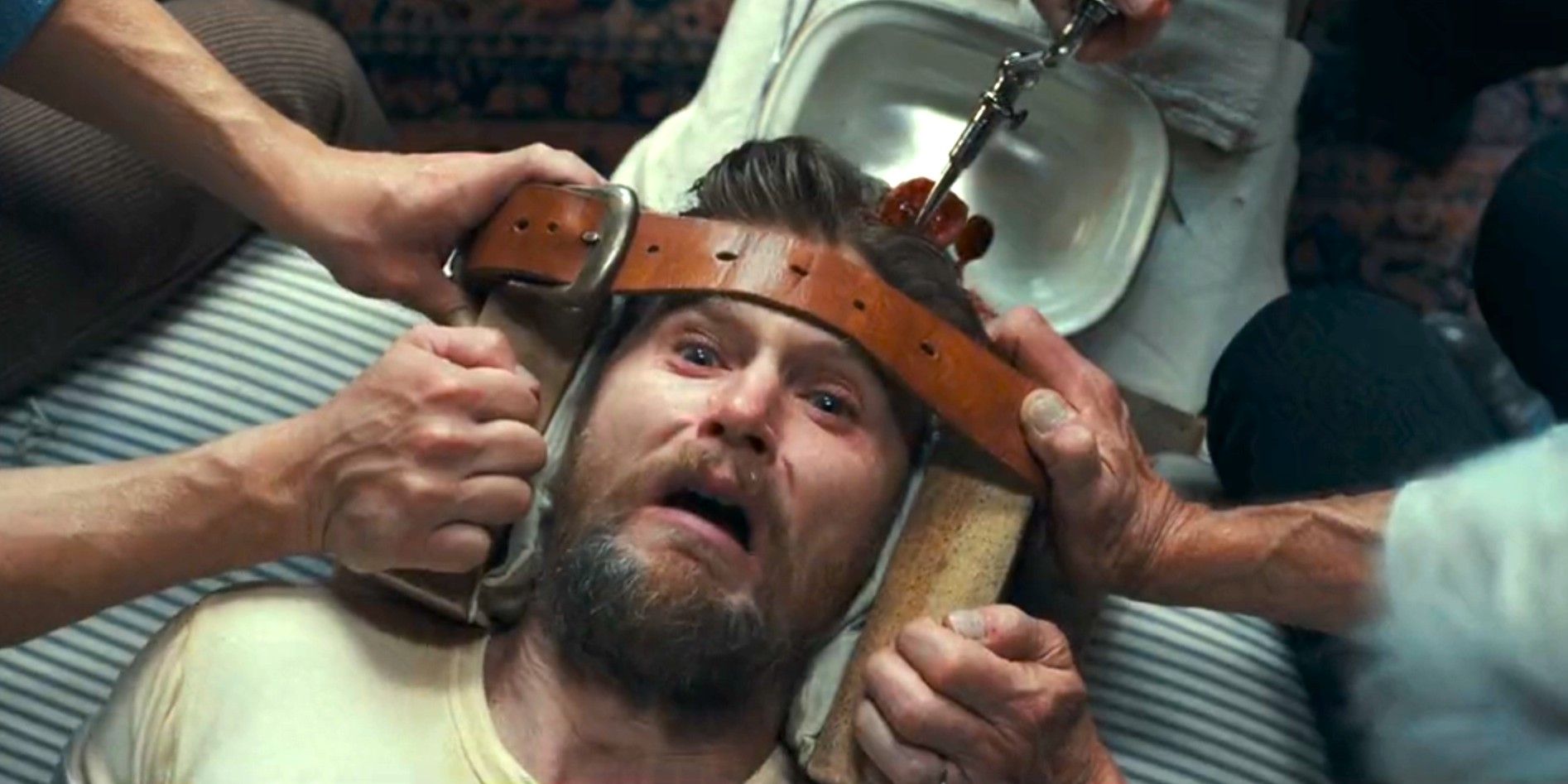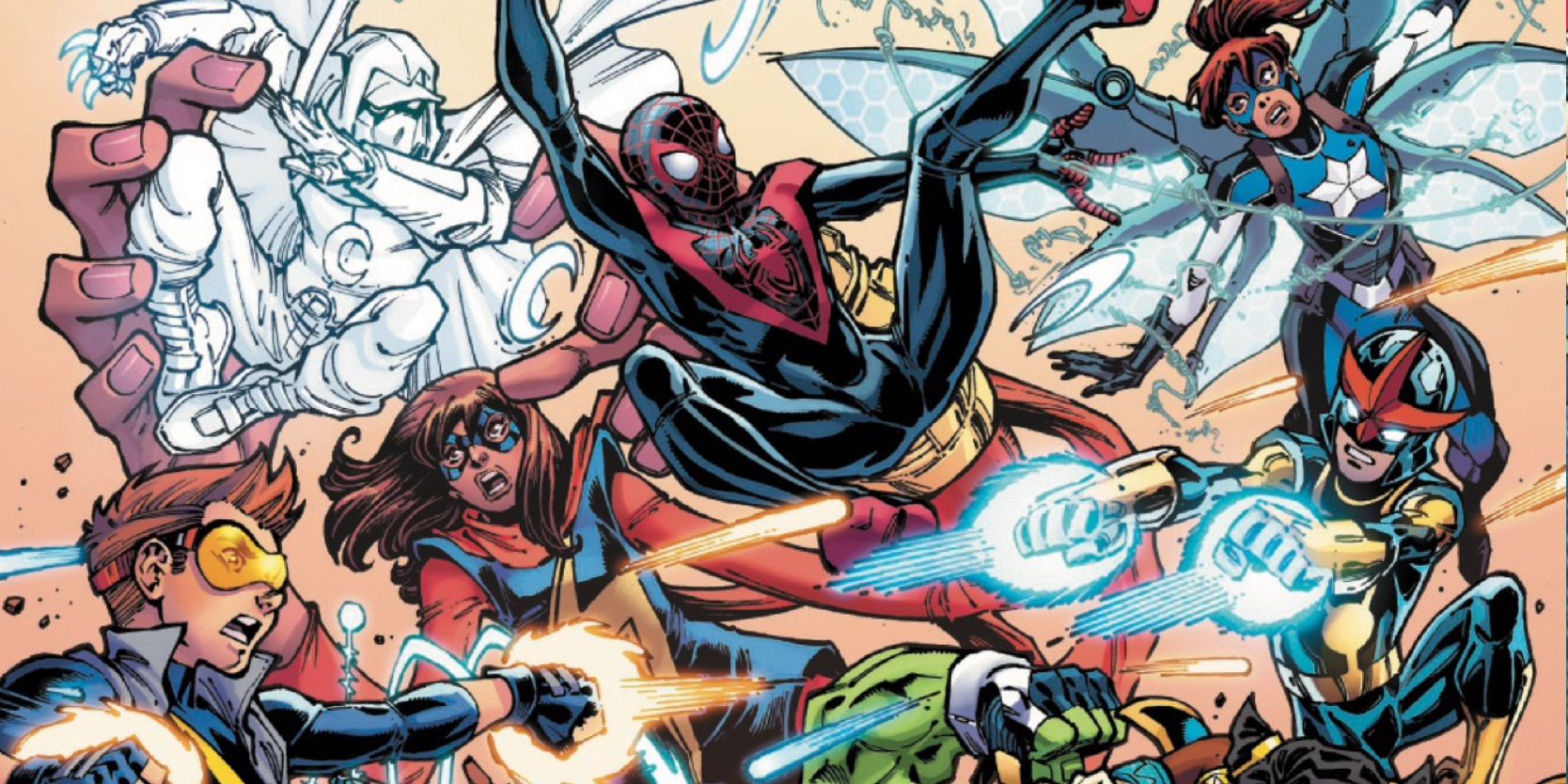Entire Fallout Timeline Explained: When Every Fallout Game Takes Place In Canon
Summary Fallout games have a continuous timeline but are only loosely connected, each telling its own story.
Fallout games are best played in release order, with a few exceptions in chronological order.
The Fallout series can be split into "classic" and "modern" games, each revealing different parts of its timeline.
As one of the classic franchises of the RPG genre, Fallout has built up an extensive timeline across its many games — one that can be confusing to keep track of with each new addition. Developed first by the now-defunct Black Isle Studios and then by Bethesda (and Obsidian, for New Vegas), Fallout as a series has gone through a number of distinct changes, with each game putting a post-apocalyptic spin on a new region of the United States.
While every Fallout game takes place in the same world and is part of a continuous timeline, individual entries are only loosely connected — while certain factions, like the Brotherhood of Steel, might appear across multiple games, each game tells its own standalone story. In part, this is because each entry takes place in a different location, making reoccurring characters a rarity, but it also serves as a way to deal with the relatively open-ended stories that are typical of Fallout, allowing developers to progress the series without having to designate certain endings as "canon."
Related The Fallout Series Timeline With Games (Including How New Vegas Fits) Clarified By EPs The timeline of the Fallout TV series, including games like New Vegas, gets clarified by executive producers Todd Howard and Jonathan Nolan.
The Entire Timeline Of Fallout
From 2102 To 2296
Close
It might be best for newcomers to play Fallout games in a certain order, but the series also has a canonical timeline for when each game takes place, and though it's not necessary to know any game's specific place in the timeline to enjoy its story or gameplay, it can provide additional context. For the most part, Fallout games chronologically take place in the order that they were released, with only a few notable exceptions, but the different games are often set years apart, sometimes by as much as multiple decades.
Title Year Fallout 76 2102 Fallout 2161 Fallout Tactics 2197 Fallout 2 2241 Fallout 3 2277 Fallout: New Vegas 2281 Fallout 4 2287 Fallout (2024 TV series) 2296
The Early Fallout Timeline
Fallout 76 (2102) To Fallout (2161)
Broadly speaking, the Fallout series can be split into two categories, with the first being the "classic" games - the original Fallout, Fallout 2, and Fallout Tactics: Brotherhood of Steel. For the most part, these games form the earliest parts of the timeline, taking place before the "modern" games of Fallout 3, New Vegas, and Fallout 4. The only exception is Fallout 76 - despite being the most recently released game in the series, it takes place in 2102, decades before the original game, making it the earliest entry in the timeline so far.
Set primarily in and around Appalachia, the former state of West Virginia, Fallout 76 follows a vault dweller from Vault 76 as they work to recolonize the Appalachia region and serves as a sort of prequel to the rest of the series, hinting at and expanding on aspects of lore and history from other games. While primarily focused on its own story, surrounding the mysteries of the missing Vault 76 Overseer and the deadly Scorched Plague, Fallout 76 does flesh out the origins of some longstanding Fallout fixtures, like the FEV and Brotherhood of Steel.
The original Fallout takes place just under 60 years later, in 2161, and features another Vault Dweller, this time from Vault 13, venturing out into the wasteland to find a new Water Chip and ensure their vault's supply of clean water. Taking place in southern California, Fallout establishes many of the franchise's most iconic traits, like the Brotherhood of Steel, and comes to revolve around a conflict with the Master - the leader of the Unity, a faction dedicated to using the FEV (Forced Evolutionary Virus) to turn humans into Super Mutants for the supposed long-term survival of humanity.
Fallout Tactics & Fallout 2 Set The Stage
Fallout Tactics: Brotherhood of Steel (2197) To Fallout 2 (2241)
Taking place between Fallout and Fallout 2, Fallout Tactics: Brotherhood of Steel takes place in 2197 and explores the origins of the Brotherhood of Steel and the faction's roots in the pre-war military. Although the exact degree to which Tactics is technically canon is up for debate, as there are several aspects of Tactics that don't appear anywhere else in the series, it does serve as an explanation for the Brotherhood of Steel's presence in the western regions of later Fallout games.
Another game, the similarly-titled Fallout: Brotherhood of Steel, is set in 2208, which would make it the next game in the timeline — unlike Tactics, however, Brotherhood of Steel has been rendered entirely non-canon to the overarching timeline, both by the original creators and Bethesda.
Fallout 2 takes place in 2241, and its protagonist is "The Chosen One" of Arroyo, a village established by the main character of Fallout after the events of that game. In response to drought, The Chosen One is sent out to find a G.E.C.K., a terraforming device that would help the village, but eventually comes into conflict with the Enclave, remnants of the pre-war American government who deem all humans outside the faction to be inferior and seek to conquer the wasteland. Notably, the NCR (New California Republic) is also introduced, having been established between Fallout and Fallout 2.
The "Modern" Fallout Timeline
Fallout 3 (2277) To Fallout 4 (2287)
The first of the mostly Bethesda-developed "modern" Fallout games, which made the transition from isometric RPG to a first-person shooter, Fallout 3 takes place in the year 2277, and unlike the first two Fallout games, is set on the East Coast, in and around Washington. The game's protagonist, the Lone Wanderer, is a dweller of Vault 101 who ends up venturing into the wasteland to search for their missing father, eventually becoming entangled in a wider conflict between the Brotherhood of Steel and the Enclave, the latter faction having regrouped from their defeat in Fallout 2.
Next in the timeline is the Obsidian-developed Fallout: New Vegas, which takes place in 2281 and moves back towards the West Coast to focus on a conflict in the Mojave Desert. Being somewhat more separate from the rest of the series, New Vegas has distinct lore and history and centers around a war being fought for control over the Mojave and the New Vegas Strip by the expanding NCR and a new faction, Caesar's Legion. The main character, a wandering Courier, is drawn into the conflict after miraculously surviving a shot to the head and journeying across the desert.
Related New Vegas Explained, And Where Fallout Season 2 & Beyond Will Go Amazon Prime Video’s Fallout TV show features a massive connection to an iconic location from the video game series on which it is based: New Vegas.
For the foreseeable future, Fallout 4 remains the latest game in the timeline, taking place in the year 2287 and being set in the Commonwealth (post-war New England). Uniquely, the game's protagonist, the Sole Survivor, is a pre-war citizen, cryogenically preserved in Vault 111, who journeys out into the wasteland after their spouse is killed and their child, Shaun, is kidnapped by a mysterious assailant. Along the way, they get embroiled in the conflict around synths, living androids who are practically indistinguishable from humans, and the shadowy, scientifically advanced organization known as the Institute.
As a series that deals heavily in alternate American history, the Fallout series has built up a comprehensive history of its own across several games, with the Fallout TV series, set in 2296, being the latest piece of media on the timeline so far. While the largely open-ended nature of each game means that what, exactly, is "canon" in terms of how the games relate to each other can sometimes be hard to pin down, a comprehensive timeline can help players to at least roughly understand the overarching events of Fallout as a whole.











COMMENTS